From Nirmala Sitharaman's budget roadmap to badminton stars gearing for Paris 2024: Our top stories of the week
Join us as we uncover compelling stories, delve into emerging trends, and showcase the game-changers who are shaping the future of India's business world.
 Image: Shutterstock
Image: Shutterstock

The dust has settled down after the rousing general election season in India. Politicians have gone back to strategising for the upcoming assembly elections (Maharashtra is being churned upside down), mainstream news media has found scandals to cover and heatwaves to report (still not utterly vocal about climate change), citizens have gone back to balancing the monthly budget. Speaking of which, FM Nirmala Sitharaman is gearing up to present the first Union Budget of her second term. Terms of the turf have changed because of the coalition mandate. However, she will still have to balance pushing for sustained economic growth, arresting fiscal deficit, and providing the impetus for jobs and rural demand. Here's what her roadmap might look like.2) Amaravati: City that awaits glory
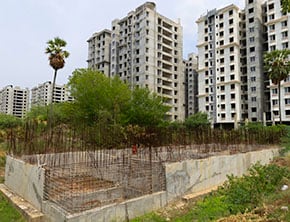
A cityscape boasting solar panels on every rooftop, offices on the riverfront, hospitals accessible in less than 10 minutes, water taxis, parks and cycling tracks with shaded walkways for its 3.5 million citizens. The tropical weather may have been a dampener, but the sizeable green cover was likely to make up for it. This would be the modern avatar of Amaravati, a city located 300 km from Hyderabad. It would get the overhaul and glory of the past when the Satavahana dynasty ruled it. The lack of political willpower, shifting priorities, and political mudslinging have left 'the place for immortals' like a ghost city of sorts. Telugu Desam Party chief N Chandrababu Naidu's dream was to make Amaravati the capital of Andhra Pradesh after the state's bifurcation in 2014. Now, he’s the chief minister once again. Will that change Amaravati's fortunes?3) Mercedes Benz: Persistence paid off

Mercedes Benz cars were imported for the creme de la creme of Indian society long before it brought the acclaimed W124 in 1994 to Indian shores through a partnership with the Tata Group. But this deal had the precious machines of the Stuttgart-headquartered automaker retail for Rs20 lakh three decades ago. New money of the liberated Indian economy was ready to splurge on something beyond Maruti Suzuki and Hindustan Motor's Ambassador, taste the finest and ride in the poshest. The German carmaker understood the potential of the Indian market, held its ground even when other international automobile companies folded their camps, and set up assembly plants in India while the likes of BMW and Audi waited in the wings to assess the possibility of setting their feet in the country. That persistence has paid off for Mercedes-Benz. Merc has become India's largest luxury carmaker, with more than 18,000 vehicles sold in India last year. Here's what went into achieving the milestone.
Discover
1) What makes your customer tick?
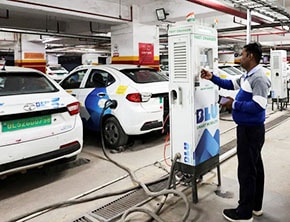
When one reads about the evolution of digital brands in India, escaping the growth of telecom, cheap data availability, the revolutionary digital payment system, and the country's population advantage is nearly impossible. But there is one aspect that goes unnoticed. What is bringing the consumers to these digital brands? The answer is behavioural science. With India witnessing a gradually expanding and evolving market of behavioural science adoption across domains over the last decade, with expectations of growth in the next, let’s deep-dive into how different brands and businesses decode user preferences and unlock secrets to retention in an era of both rapidly thriving and declining digital solutions.
2) Here's to taking bold bets
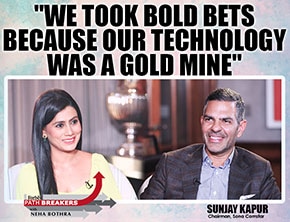
In a candid interview for the Forbes India Pathbreakers series, Sunjay Kapur, chairman of Sona Comstar, talks about how the auto components maker transformed from a debt-laden family business to a globally competitive player in the area of hi-tech car parts and electric vehicles (EV) systems. With cutting-edge technology and professional managers at the helm, Kapur explains, Sona Comstar wants to expand its footprint and use its first-mover advantage in the EV space to shape the future of automotive mobility. Plus, he takes stock of demand trends across geographies and the ease of doing business in India versus countries such as the US and China. Is the PLI scheme a game-changer? Find out his answer in this video. Watch now.3) Equity in charity
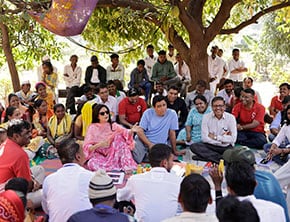
Minister of Finance Nirmala Sitharaman announced the creation of a social stock exchange (SSE) in the July 2019 Budget. The electronic platform would use capital markets for social impact by facilitating listings of non-profit organisations and social enterprises on the bourses to attract investors. The SSE at the National Stock Exchange, which listed its first non-profits in December 2023, has since seen eight NGOs make their listing debut. These NGOs have collectively raised more than Rs11 crore towards education, healthcare, women empowerment, and environmental sustainability. Swades Foundation, founded by Zarina and Ronnie Screwvala, has filed a fundraising draft at the SSE to raise Rs10 crore. Here are the details of the highest issue size of NSE's SSE segment.4) Ready for Paris 2024
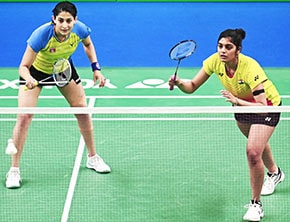
We are just a month away when the best of the best from 206 participating countries will be competing to achieve their Olympic goal. Paris will welcome around 10,500 of the finest athletes who will vie for the gold in their respective fields. Indian badminton players Ashwini Ponnappa and Tanisha Crasto are no exceptions. The duo began their journey to Olympic qualification by playing challengers games. Ponnappa's experience in handling pressure (she will be participating in her third Olympic Games) and Crasto's young vigour gives the duo an edge over the competitors. India's No. 1 women's badminton pair began playing together only a year ago and forged a formidable court partnership. They speak about their training and mindset for the Games and how the challenges they have faced have made them tougher—as individuals and sportspersons.














